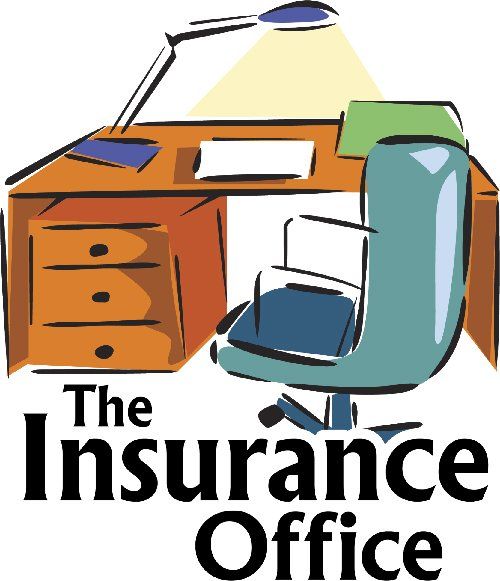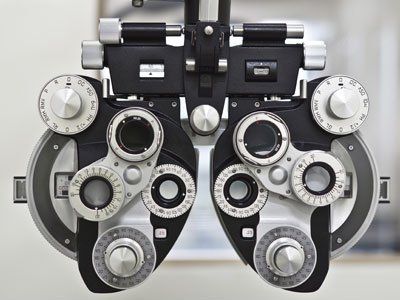What Can Vision Insurance Do for You?
What Is Vision Insurance?
Vision insurance is a supplemental insurance policy. The premiums are lower than most health insurance policies, and the benefits concentrate on eye-related exams and certain treatments. Because most health insurance policies do not include vision coverage, eye exams and glasses can result in high out-of-pocket expenses without a vision coverage plan.
Who Should Have Vision Insurance?
Everyone should have some level of vision insurance, whether or not you need corrective lenses. As you may know, some diseases or eye damage may show small, seemingly insignificant signs. That’s why getting a regular check-up is so important. If you don’t plan on getting yearly exams, there are some general rules you should follow.
- Children under 6 should have at least one comprehensive exam within this 6 year period of time.
- Children 6 to 18 should have their vision checked before beginning school and at least every 2 years following this exam.
- They may need corrective lenses to prevent straining of their eyes. An eye doctor can suggest how often exams should occur.
- If they do not need corrective lenses when beginning school, their eyes should be checked every 2 years.
- Adults without the need for corrective lenses should have their eyes checked at least every 5 to 10 years. If you need corrective lenses, or have a family history of eye disease, this will decrease to every 1 or 2 years.
- Adults over 65 should have their eyes checked every 1 or 2 years. Seniors are at more risk to eye disease. Common symptoms of aging that result in loss of vision, if diagnosed early, can be treated.
How much does it cost?
Surprisingly, the premiums can be lower than $1 per month, depending on the coverage type and level. Compared to the potential benefits, ranging in the thousands, that’s extremely affordable.
What Does Vision Insurance Cover?
Vision insurance typically covers a percentage of basic services such as:
- Yearly exams
- Eyeglass frames and lenses
- Contact lenses
- LASIK and PRK vision correction
Policies vary on coverage amounts and how often they will pay for corrective lenses. Yearly exams are typically covered fully. Prescriptions lenses may be covered fully, depending on your policy. Frames and contact lenses are typically covered up to a dollar amount (around $120). Waiting periods for corrective lenses are typically every 1 to 2 years.
At minimum, you should follow these rules for eye exams:
- Children under 6 should have at least one comprehensive exam within this 6 year period of time.
- Children 6 to 18 should have their vision checked before beginning school and at least every 2 years following this exam.
- They may need corrective lenses to prevent straining of their eyes. An eye doctor can suggest how often exams should occur.
- If they do not need corrective lenses when beginning school, their eyes should be checked every 2 years.
- Adults without the need for corrective lenses should have their eyes checked at least every 5 to 10 years. If you need corrective lenses, or have a family history of eye disease, this will decrease to every 1 or 2 years.
- Adults over 65 should have their eyes checked every 1 or 2 years. Seniors are at more risk to eye disease. Common symptoms of aging that result in loss of vision, if diagnosed early, can be treated.
Where Can You Get Vision Insurance?
If you are not offered vision insurance through your employer, or you aren’t satisfied with the coverage, I can help. Give me a call today.
HMIA001188





